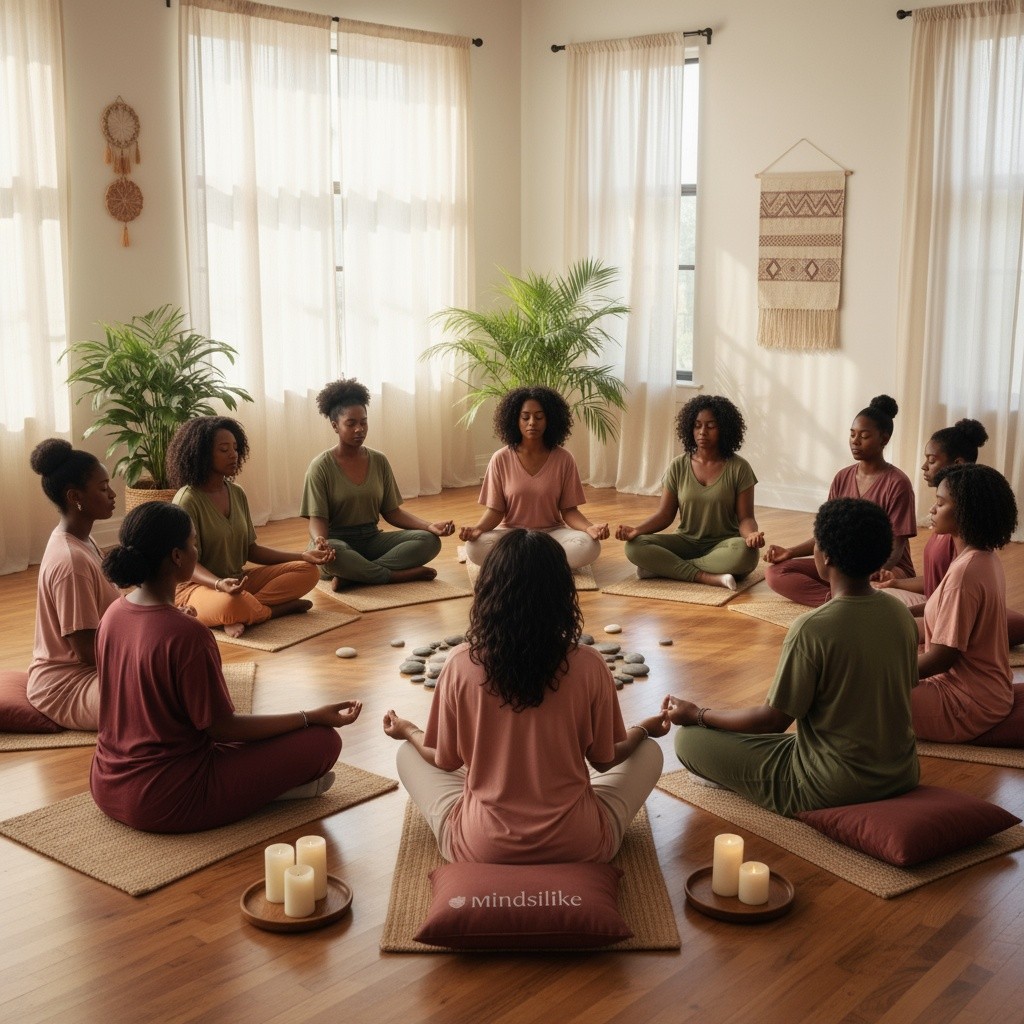In today’s fast-paced world, balance can feel like an elusive goal especially within marginalized communities that carry the weight of systemic barriers. During our latest Wednesday Wind Down, we sat down with a mental health practitioner whose work centers on life balance
through an intersectional, culturally grounded lens. Our conversation explored what balance truly looks like across communities from BIPOC and LGBTQ+ folks to people living with disabilities and how healing starts with community, compassion, and rest.
Understanding Life Balance Through an Intersectional Lens
When we talk about maintaining balance, it’s easy to imagine it as a personal responsibility as if some people are just “better” at taking care of themselves. But as our guest pointed out, the conversation must go deeper.
Balance is shaped by intersectionality the overlapping layers of our identities, privileges, and challenges. Many individuals in marginalized groups face structural barriers that limit access to care, rest, and healthy resources. “People are doing the best they can with what they have,” she explained. “Therapy is expensive. Rent is high. Food insecurity is real. Sometimes, it’s not about a lack of awareness, but a lack of access.”
In other words, wellness isn’t just about willpower it’s about the systems we live in.
The Power of Rest as Resistance
In her work, rest is not a luxury, it’s a form of revolution. Drawing inspiration from Tricia Hersey’s Nap Ministry, she described how our society, rooted in capitalism, often values productivity over wellness. “We’re taught that time is money,” she said. “But your brain and body need rest to function.”
She encourages clients to reframe rest as an act of self-preservation, especially for communities historically denied it. Whether it’s taking a quiet moment to breathe, enjoying a meal without rushing, or simply sleeping, these small acts of care help us restore our nervous systems and reconnect with ourselves.
Relearning Balance Across Generations
The way people approach balance differs by age and culture. Older adults, for example, may be slower to embrace discussions about mental health, but this is changing. “What was once a source of shame is becoming an open conversation,” she shared. Churches and community
spaces are increasingly integrating mental health education, helping bridge the gap between generations and making it safer to talk about anxiety, depression, and overall wellbeing.
Culturally Responsive Healing
In her therapy practice, she uses a strength-based and Afrocentric approach, reminding clients that they already possess wisdom, skills, and inherited ways of coping. Instead of imposing a one-size-fits-all model, she collaborates with clients:
“Tell me what your people have done when they’ve experienced hardship.”
This approach honors cultural traditions, spirituality, and ancestral resilience. Using narrative therapy, she helps clients separate themselves from their problems focusing on how they’ve overcome challenges rather than defining themselves by struggle.
“I Am Because We Are”
Her practice’s name is inspired by Ubuntu, a Southern African philosophy meaning “I am because we are.” It reflects a deep belief that healing and identity are rooted in community. “Western therapy often expects people to fix themselves alone,” she said. “But healing happens in connection. It takes a village.”
Community not isolation sustains balance.
Healing with Nature
One of her most grounding tools is also the simplest: nature. She encourages clients to use the outdoors as therapy walking by water, tending plants, or sitting in sunlight. “Nature is the most accessible form of healing,” she said. “It allows you to slow down, be present, and reconnect with yourself.”
Even small acts, like growing herbs on a balcony or sitting by a sunny window, can regulate mood and help combat seasonal depression. As winter approaches, sunlight, fresh air, and connection with the earth become vital practices for mental wellness.
Final Reflections
As our conversation came to a close, one message stood out: balance is collective. We are not meant to do this work alone. Healing happens when we rest, reconnect, and remember that wellness is a shared journey.
“Find your village,” she reminded us. “Connect, don’t disconnect. Community is what keeps us grounded.




